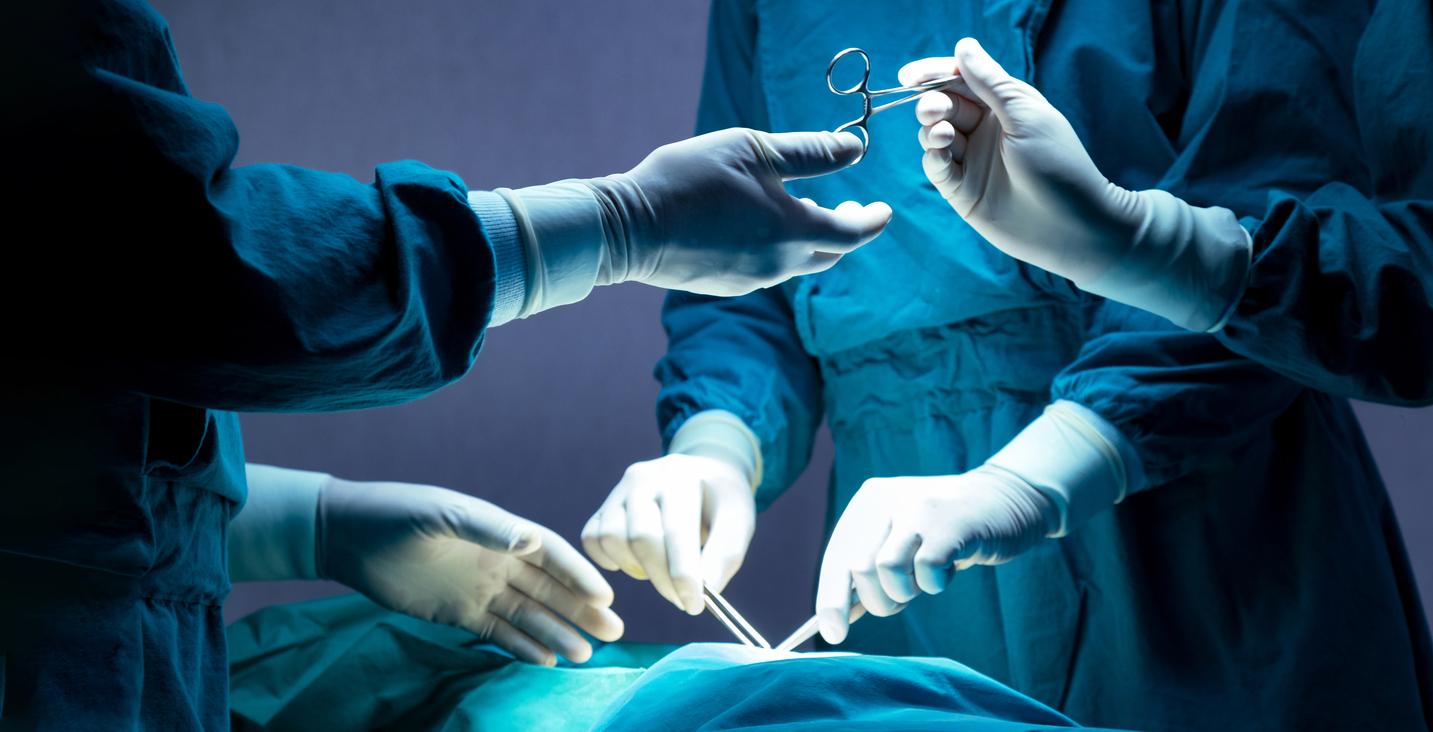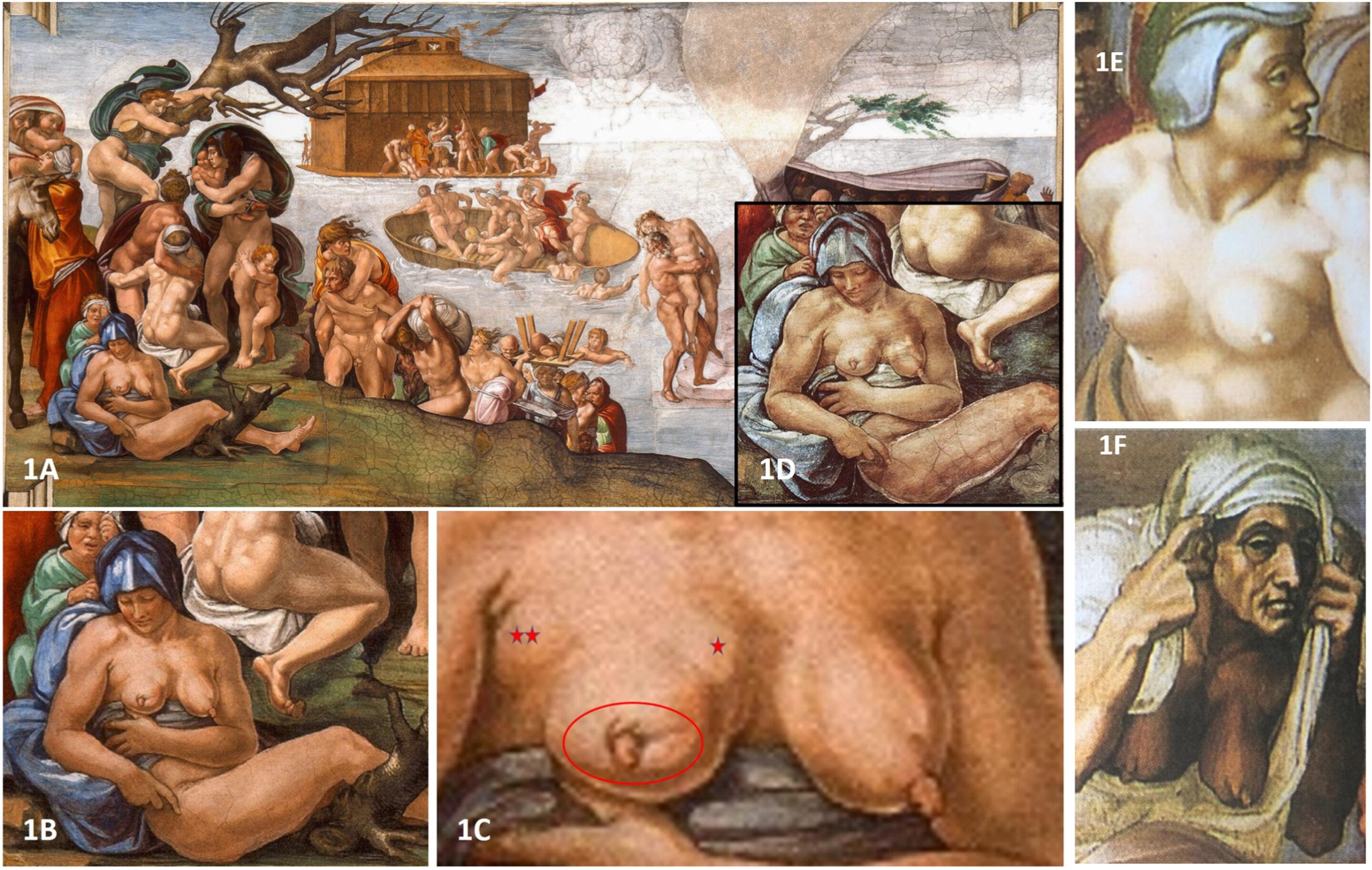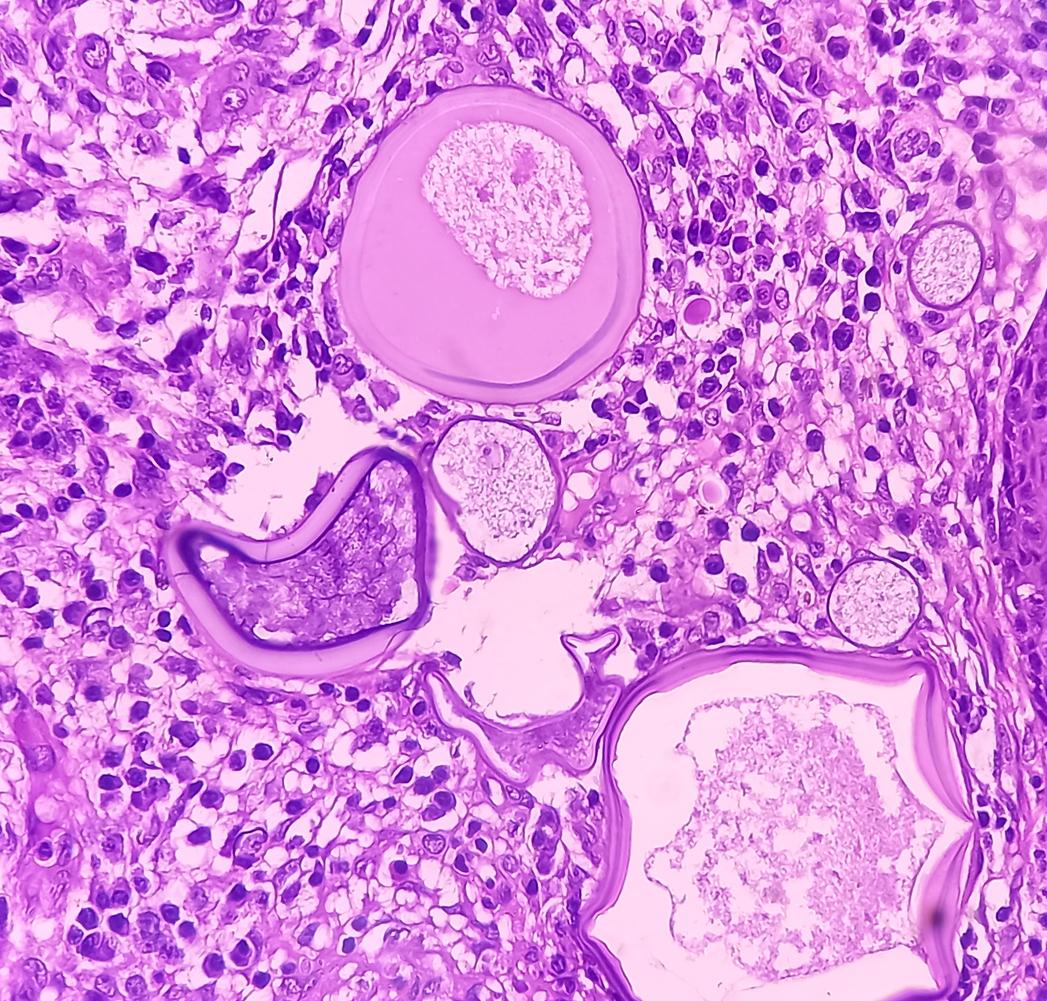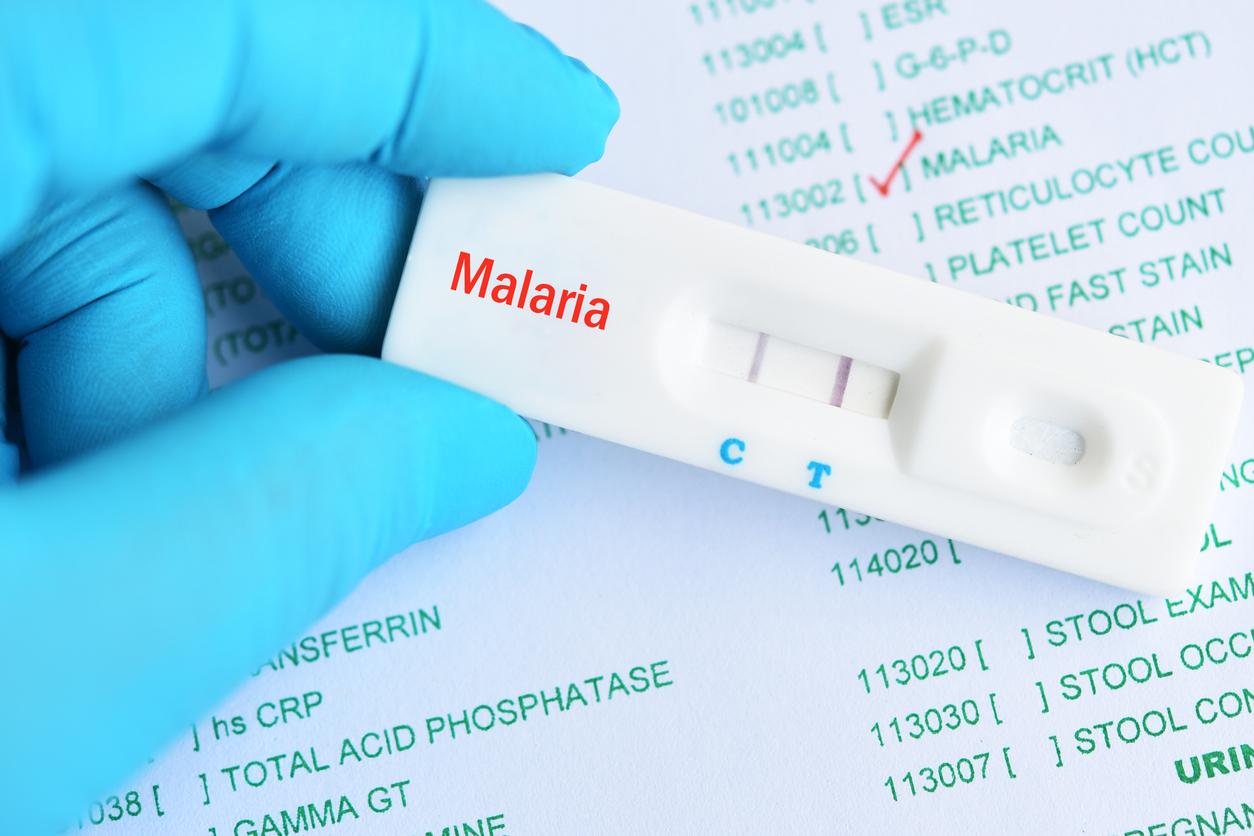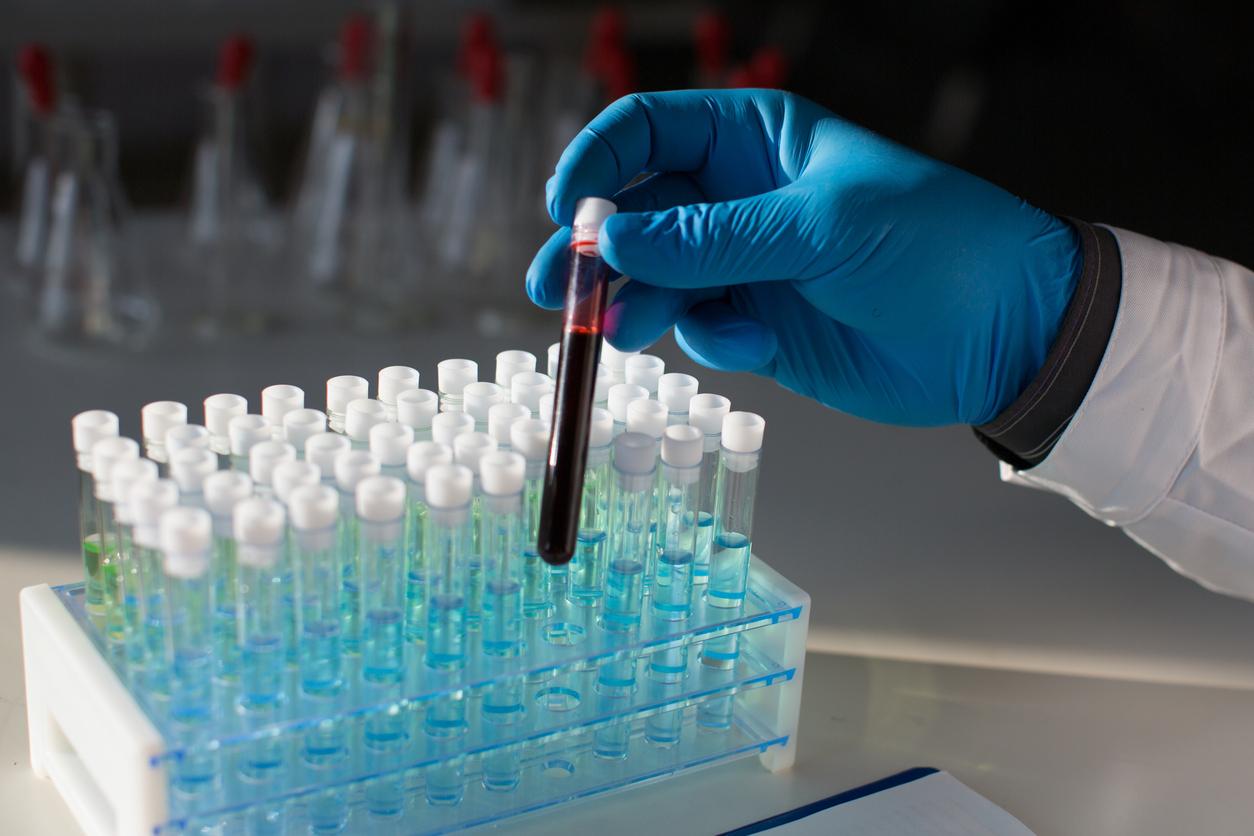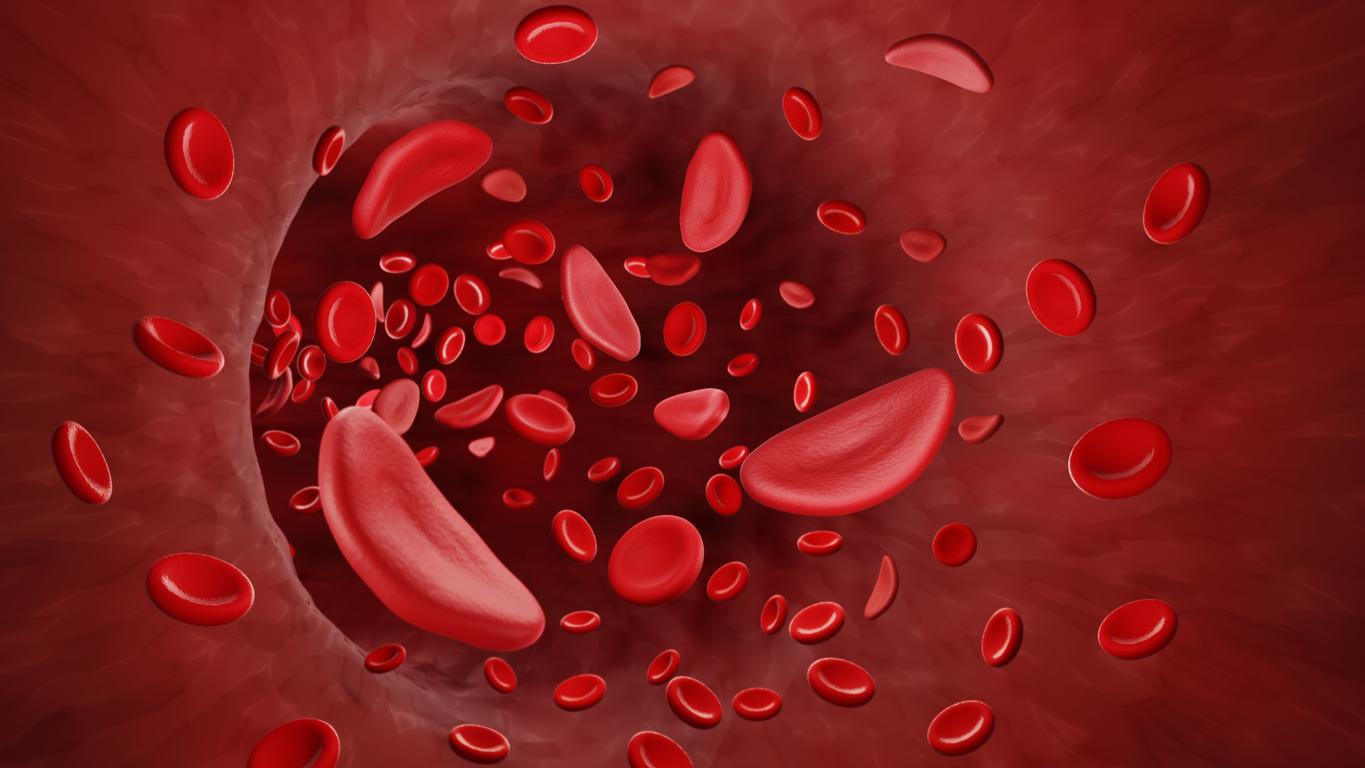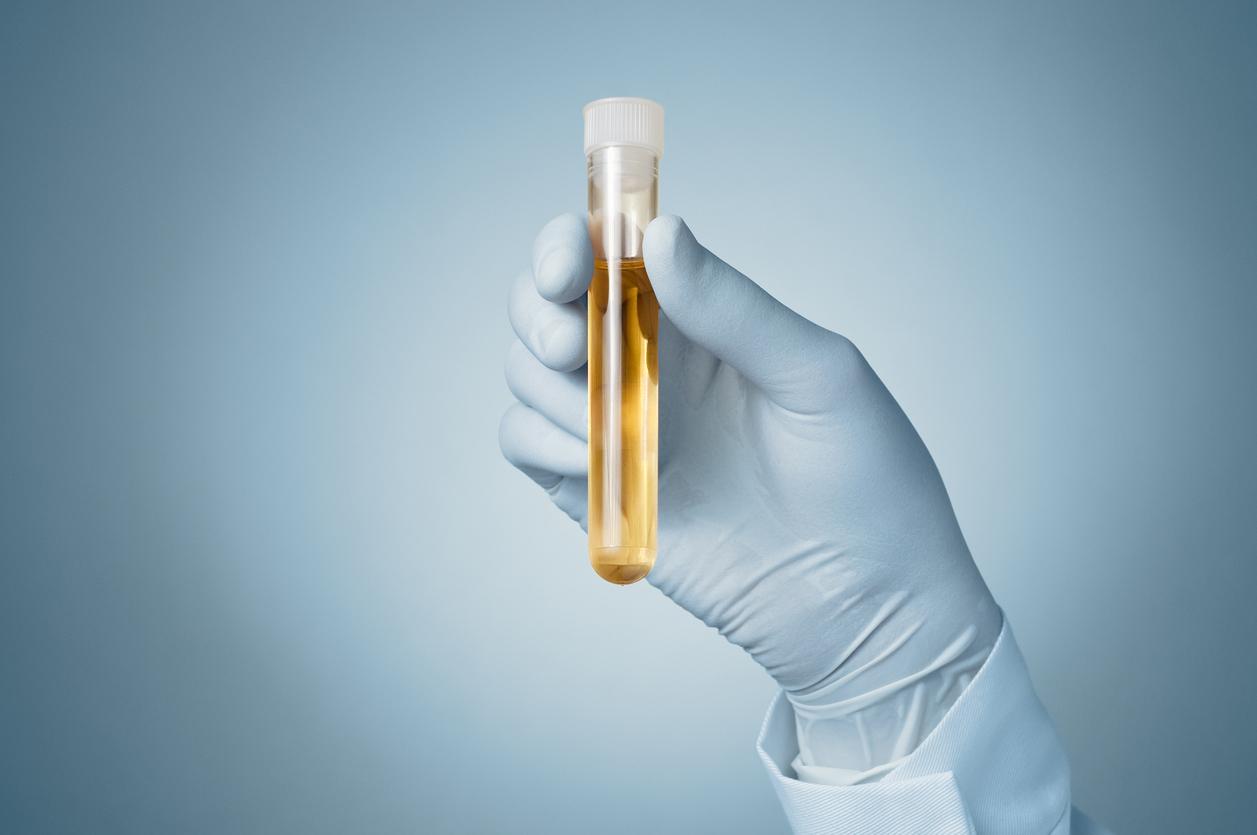Dense breasts are those with the most fibrous material and the least fatty tissue. They are also more likely to be affected by a tumor according to a new Norwegian study.
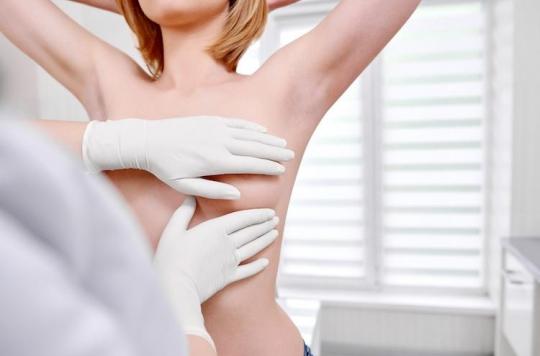
Among women, breast cancer is the most common cancer. According to the League Against Cancer, he There are 54,062 new cases each year. There are risk factors including age, genetic predisposition, personal or family history, tobacco use, exposure to hormones, etc. A new study, published in the journal Radiology, shows that women with denser breasts are also more at risk.
Larger tumors
Carried out by Norwegian researchers, the study collects data on the breasts of more than 100,000 women aged 50 to 59. 28% of them had dense breasts, also called fibrous, which means that their breasts contain more fibrous tissue than fatty tissue. Among them, 3.6% had suspicious results after their annual mammogram, compared to 2.7% of other women. In the case of a dense breast, the tumors are usually 1.5 millimeters larger than in other breasts. Finally, positive lymph node disease, when the lymph nodes contain cancer cells, affected 24% of women with fibrous breasts, compared to 18% of others.
A risk between 2 and 5 times higher
In 2007, a study published in the New England Journal of Medicine already showed the link between breast density and tumor risk. Depending on the density level, the risk can be multiplied by 2 up to 5. For example, when a woman’s breast density is greater than 75%, she is 4.7 times more likely to have a tumor than another whose breasts are not very dense.
Dense breasts are generally more common among young women. Still according to this study by New England Journal of Medicine, 57% of women aged 40 have more fibrous tissue, compared to 26% of those aged 70. The leaner a woman, the more fibrous her breasts are: 76% of lean women have fibrous breasts compared to 25% of obese women.
Cancers more difficult to detect
When a woman has a mammogram, the fatty tissue appears black and the fibrous tissue appears white, like the tumor. This can make it more difficult to detect the latter. In general, there is an 85% chance that a mammogram will detect a tumor when the breast is sparse. But if it is more fibrous than the average, this rate drops to 62-68%. Mammography, however, remains the only way to determine whether or not a tumor exists. To be more effective in women with dense breasts, it can be coupled with an MRI or ultrasound. In any case, to determine the density of a breast, an x-ray is necessary.
Screening saves lives
In 9 out of 10 cases, breast cancer is cured. For this it is necessary to diagnose the tumor as early as possible. From 25 years old, an annual breast palpation is recommended, then between 50 and 74 years old, mammography screening is free every two years. Only family, personal or genetic predispositions justify mammograms before the age of 50.

.










